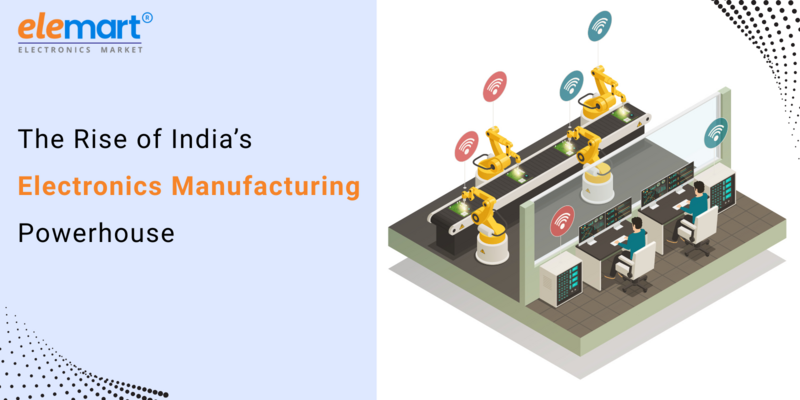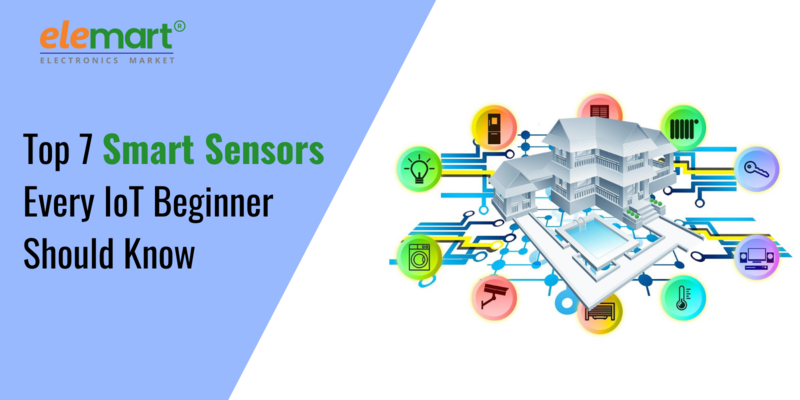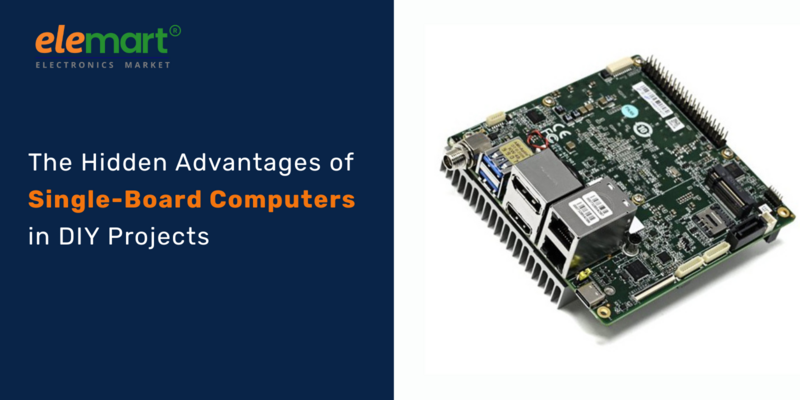- Aug 04, 2025
- IOT
- 326
Share this post on:

The manufacturing and industrial landscape is undergoing a profound transformation. Traditional methods are giving way to a new era – the era of smart industry. It’s not just about automation anymore; it’s about leveraging data, connectivity, and intelligent systems to optimize every aspect of operations. While the term "Industry 4.0" gets thrown around a lot, the core principle is simple: using technology to drastically cut costs, boost efficiency, and gain a competitive edge.
This blog post will explore some of the key smart industry solutions driving this revolution, detailing how they achieve these benefits and offering insights into what the future holds.
Understanding the Core Components of Smart Industry
Before diving into specific solutions, let’s define what constitutes a “smart industry” environment. Several key technologies form the foundation:
- Internet of Things (IoT): Sensors and devices embedded throughout the factory floor (machines, inventory, environment) collect real-time data on performance, condition, and location.
- Cloud Computing: Data is stored and processed in the cloud, allowing for accessibility from anywhere and facilitating collaboration. It also provides scalability to handle massive datasets.
- Big Data Analytics: Analyzing the vast amounts of data generated by IoT devices to identify patterns, trends, and areas for improvement.
- Artificial Intelligence (AI) & Machine Learning (ML): AI and ML algorithms analyze data to automate decision-making, predict failures, and optimize processes.
- Connectivity (5G, Wi-Fi 6): Robust and reliable connectivity is crucial for real-time data transmission and communication between devices.
- Cybersecurity: As connectivity increases, so does the risk of cyberattacks. Robust security measures are paramount.
Key Smart Industry Solutions & Their Impact
Now, let’s look at practical solutions leveraging these technologies:
1. Predictive Maintenance:
- The Problem: Unplanned downtime is a major cost driver in manufacturing. Reactive maintenance (fixing things after they break) is expensive and disruptive. Preventive maintenance (scheduled maintenance) can be inefficient, leading to unnecessary maintenance on machines that are still performing well and missed issues on equipment that needs attention.
- The Solution: Predictive maintenance utilizes IoT sensors to monitor machine health (vibration, temperature, pressure, oil quality, etc.). AI/ML algorithms analyze this data to predict when a failure is likely to occur.
- The Benefits:
- Reduced Downtime: Maintenance can be scheduled before a breakdown occurs, minimizing disruption to production.
- Lower Maintenance Costs: Avoiding catastrophic failures reduces repair expenses and potential production losses. It also allows for optimized maintenance schedules, reducing unnecessary work.
- Extended Equipment Lifespan: Addressing issues early prevents further damage and extends the life of valuable assets.
- Example: A bottling plant uses vibration sensors on its bottling machines. An AI algorithm detects a subtle change in vibration patterns, indicating a potential bearing failure. Maintenance is scheduled during a planned shutdown, preventing a major breakdown and costly production halt.
2. Digital Twins:
- The Problem: Optimizing processes and designing new products can be challenging without a clear understanding of how everything interacts. Physical testing is time-consuming and expensive.
- The Solution: A digital twin is a virtual replica of a physical asset, process, or system. It’s built using data from IoT sensors, CAD models, and historical data. Simulations can be run within the digital twin to test different scenarios and optimize performance.
- The Benefits:
- Faster Design Cycles: Simulations in the digital twin can identify design flaws early on, reducing the need for costly physical prototypes.
- Optimized Production Processes: Digital twins can be used to optimize machine settings, material flow, and overall production efficiency.
- Improved Training: Virtual environments allow employees to be trained on equipment and processes safely and efficiently.
- Example: An automotive manufacturer uses a digital twin of its entire factory to simulate the impact of a new production line layout. The simulation identifies bottlenecks and inefficiencies, allowing the manufacturer to optimize the layout before any physical changes are made.
3. Automated Guided Vehicles (AGVs) & Autonomous Mobile Robots (AMRs):
- The Problem: Material handling is often a repetitive, labor-intensive, and error-prone process.
- The Solution: Automatic Guided Vehicles and AMRs automate the movement of materials within a facility. AGVs follow predetermined paths, while AMRs are more flexible and can navigate dynamically using sensors and mapping technology.
- The Benefits:
- Reduced Labor Costs: Automating material handling frees up human workers for more value-added tasks.
- Improved Safety: Robots can handle heavy or hazardous materials, reducing the risk of worker injuries.
- Increased Efficiency: Automated material handling reduces delays and improves overall throughput.
- Example: An electronics manufacturer uses AMRs to transport components from the warehouse to the assembly line, ensuring a continuous flow of materials and reducing the need for manual handling.
4. Smart Inventory Management:
- The Problem: Excess inventory ties up capital and increases storage costs. Stockouts disrupt production and lead to lost sales.
- The Solution: IoT sensors and data analytics are used to track inventory levels in real-time. AI algorithms predict demand and optimize ordering schedules.
- The Benefits:
- Reduced Inventory Costs: Minimizing excess inventory frees up capital and reduces storage costs.
- Improved Order Fulfillment: Ensuring that the right materials are available when needed reduces delays and improves order fulfillment rates.
- Reduced Waste: Accurate demand forecasting minimizes the risk of obsolescence and waste.
- Example: A food processing plant uses RFID tags to track the location and expiration dates of ingredients. Automated alerts are sent when inventory levels are low or when ingredients are approaching their expiration dates.
5. Augmented Reality (AR) for Maintenance & Training:
- The Problem: Complex maintenance procedures can be challenging for technicians. Traditional training methods can be time-consuming and expensive.
- The Solution: AR overlays digital information onto the real world, providing technicians with step-by-step instructions and visual guidance during maintenance procedures.
- The Benefits:
- Faster Maintenance Times: AR guides technicians through complex procedures, reducing the time it takes to complete maintenance tasks.
- Improved Accuracy: Visual guidance minimizes errors and improves the quality of maintenance work.
- Enhanced Training: AR provides a safe and interactive training environment for new employees.
- Example: A technician uses an AR headset to receive step-by-step instructions on how to repair a complex piece of machinery. The AR overlay highlights the parts that need to be inspected and provides real-time data on machine performance.
The Future of Smart Industry Solutions
The smart industry revolution is far from over. Several emerging trends promise to further transform the manufacturing landscape:
- Edge Computing: Processing data closer to the source (on the factory floor) reduces latency and improves real-time decision-making.
- 5G Integration: The increased bandwidth and lower latency of 5G networks will enable more advanced applications, such as remote monitoring and control of machinery.
- Composable Manufacturing: A modular approach to manufacturing, where systems and processes can be easily reconfigured and adapted to changing needs.
- Sustainability Focus: Smart industry solutions will increasingly be used to optimize energy consumption, reduce waste, and minimize environmental impact.
- Human-Machine Collaboration: The focus will shift from replacing human workers to augmenting their capabilities with smart technology.
Conclusion
Smart industry solutions are no longer a luxury; they are a necessity for businesses looking to thrive in today’s competitive market. By embracing these technologies, manufacturers can significantly reduce costs, boost efficiency, and unlock new levels of innovation. The key is to start small, identify specific pain points, and gradually implement solutions that deliver tangible results. The journey to a truly smart industry may be complex, but the rewards are well worth the effort.











